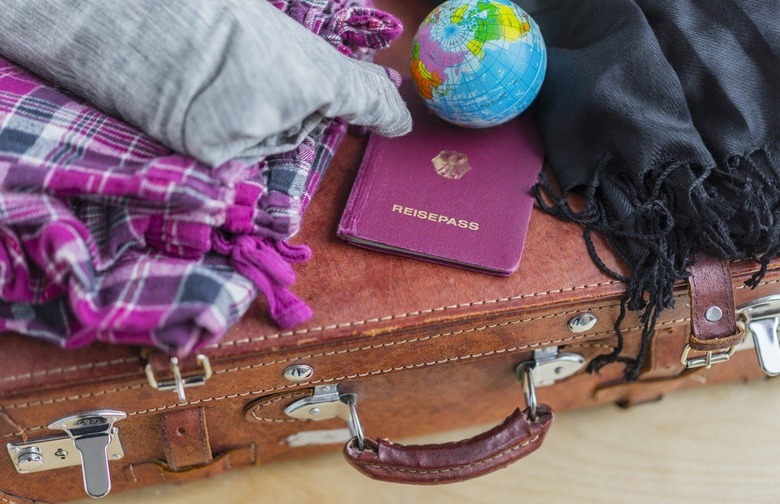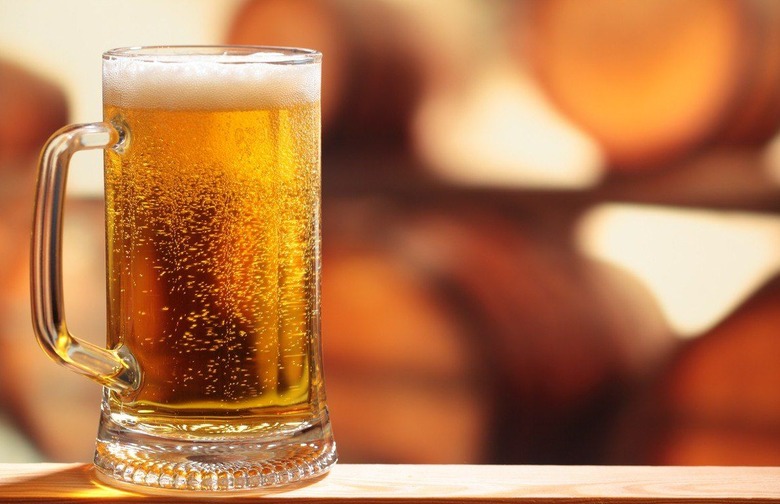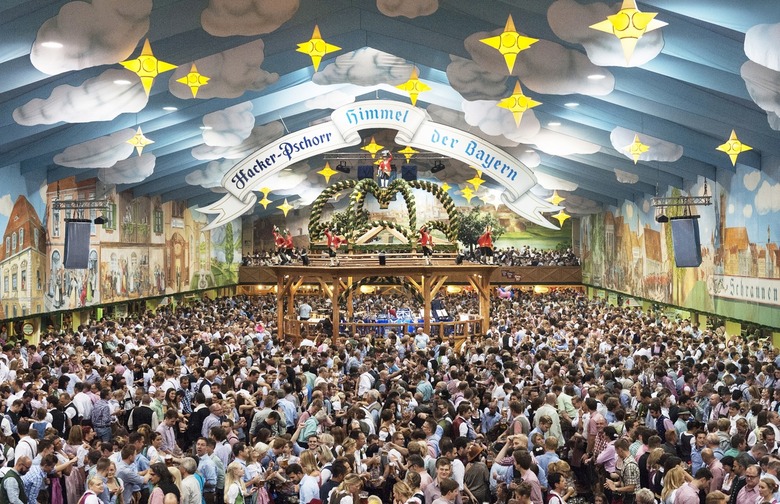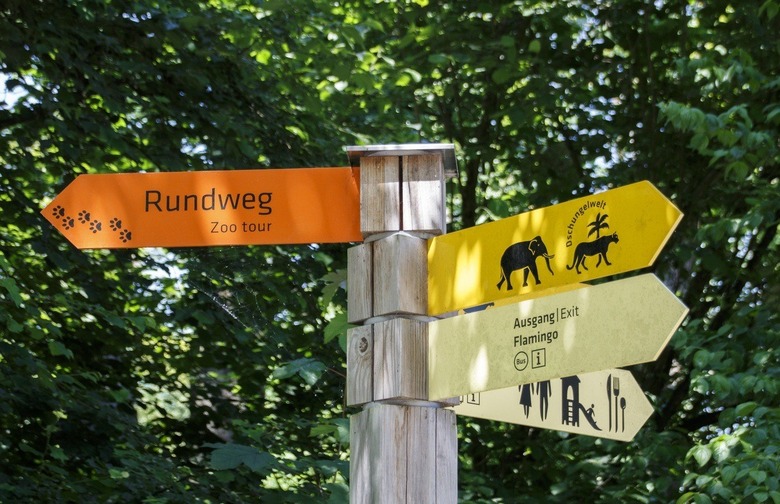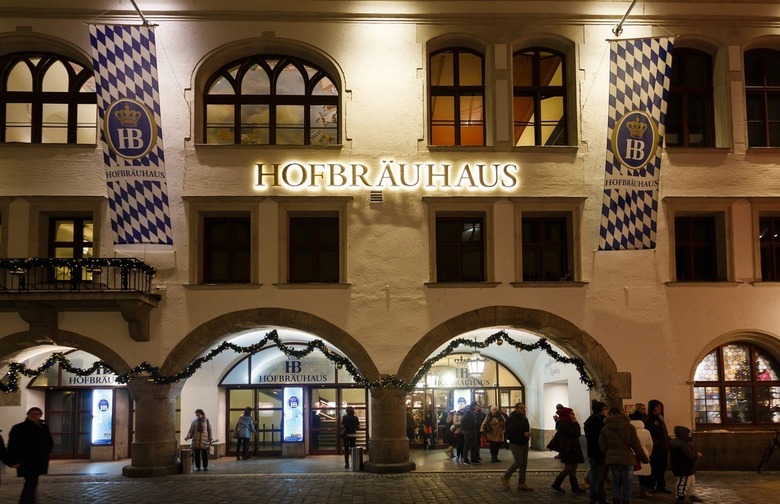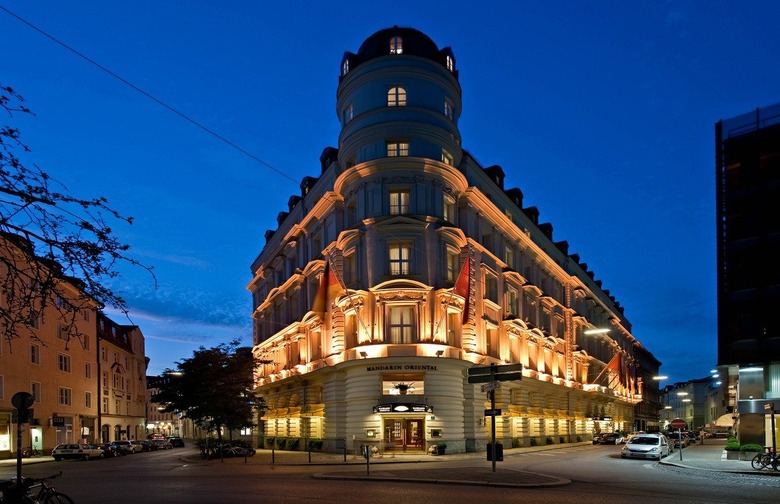How To Rock Oktoberfest In Munich (Slideshow)
Munich International Airport is the second busiest airport in Germany, which means getting into the country is a breeze. The airport handles 38 million passengers each year with direct flights from U.S. cities such as Atlanta, Boston, Chicago, Houston, Los Angeles, New York, Philadelphia, San Francisco, Washington, D.C., and Charlotte, North Carolina, as well as from airports in Bangkok, Beijing, Dubai, Hong Kong, Johannesburg, Mexico City, Mumbai, São Paulo, and Tokyo. In 2015, Munich Airport was ranked the best in Europe based on a worldwide survey of more than 13 million passengers. It has won the distinction eight times over the last 10 years.
Which U.S. airport was recently named the best for summer travel? Click here for the answer.
Once you land, take one of two S-Bahn lines (the S1 and the S8) from the airport to Hackerbrücke. The trip will take approximately 45 to 50 minutes, and tickets are available at the station's vending machines.
How to Pack
In the months of September and October, the average high temperatures in Munich are 66 and 57 degrees Fahrenheit, respectively. The lows are 48 degrees and 41 degrees. There isn't a ton of rainfall throughout the year, and the Oktoberfest season is no exception. One oddity of Munich, however, is the Föhn, which is a warm downwind from the Alps that can raise temperatures sharply within a few hours, even in winter.
Ever wonder why chefs wear those silly hats? Click here for the answer.
If you're looking to dress up a bit for the occasion, there are a few options — and none of them involve suits or ties. For ladies and gentlemen alike, you'll probably want a light jacket, but keep in mind that it gets hot inside the beer tents, so outer layers aren't necessary all the time. Men will often wear knitted Bavarian jackets made of wool for the occasion, although the desire to don lederhosen is hard to resist. For women, you can't go wrong with a traditional dirndl dress — but keep in mind that there's always the risk of beer spillage at Oktoberfest. For this reason, avoid sensitive materials like silk in favor of cotton or linen, which are easily washable. As a handy test for the appropriate length (which involves finding the balance between fashion and practicality), aim for the hem to end at the height of a beer mug above the ground.
What to Drink
Believe it or not, Oktoberfest wasn't always a beer-related event. Once the brew was introduced, however, Märzenbier made by Munich breweries became the beverage of choice. It is served in the signature "Maß" glass mugs, which holds up to 1 liter (almost 40 ounces) of beer. Today, Oktoberfest dictates that all the drafts served must originate from one of Munich's six main breweries: Augustiner, Hofbräu Münchner, Hacker-Pschorr, Paulaner, Löwenbräu, or Spaten-Franziskaner. Additionally, due to the Bavarian Purity Requirements of 1516, they can only contain four ingredients: water, hops, barley, and yeast. Thanks to a strong dollar (or a weak euro), a mug will only run you about $11 this year.
According to one German study, rival beers actually taste the same. Click here for the story.
Where to Drink
If you have your heart set on a specific type of beer, here's where to find each one:
- Augustiner: Augustiner-Festhalle, Fischer-Vroni
- Hofbräu: Hofbräu Festzelt
- Hacker-Pschorr: Hacker-Festzelt, Pschorr-Bräurosl
- Paulaner: Armbrustschützenzelt, Winzerer Fähndl, Käfer's Wies'n Schänke
- Löwenbräu: Schützen-Festzelt, Löwenbräu-Festhalle
- Spaten-Franziskaner: Marstall, Schottenhamel, Ochsenbraterei/Spatenbräu-Festhalle
In total, there are 14 different tents covering the Oktoberfest grounds (known as Theresienwiese), each with its own history and good times. For the record, the largest is the Hofbräu-Festzelt, which has 6,000 seats inside, 3,000 outside, and 1,000 standing tables.
A beer truck accident recently spilled brew all over the Autobahn. Click here for the story.
Where to Eat
Wandering around the Theresienwiese, one can find almost any type of traditional German food desired, including but not limited to brezn (pretzels) and wurstl (sausages), but additional dishes include hendl (roast chicken), schweinsbraten (roast pork), haxn (pork knuckle), steckerlfisch (grilled fish on a stick), knodeln (potato or bread dumplings), kaasspotzn (cheese noddles), reiberdatschi (potato pancakes), sauerkraut or rotkraut (pickled red cabbage), weisswurst (white sausage), and obatzda (a fatty, spiced cheese-butter dish).
Click here for the 20 best restaurants in all of Germany.
If you're looking to have a good meal in something other than a tent or the open air, our nods go to Tantris (owner of two Michelin stars, thanks to chef Hans Haas), Der Pschorr (technically a brewery, but when in Munich...), and Broeding — however, there are really restaurants for every preference and palate in this culinary city.
Where to Go for Sightseeing
How much non-drinking time will you actually have in Germany? Better use it wisely.
Only have 24 hours in Munich? Here's what to do (other than extend your trip).
Our suggestions include a tour all around the city (and yes, they have beer and pub tours), a look around Olympiapark (site of the 1972 Olympic Games), saying hi to the animals at Tierpark Hellaburnn (The Munich Zoo), and learning about the region's culture at the National Bavarian Museum.
Outside of the city (but still in Bavaria), you can couple your Oktoberfest experience with a visit to the nineteenth-century Neuschwanstein Castle to see beautiful fall colors with one of the most impressive backdrops in the country. Alternately, consider starting in Munich and making the drive northwest through the medieval towns of Dinkelsbühl and Rothenburg ob der Tauber in the Franconia (or Franken) wine region, and ending at the famed Würzberger Stein vineyard in Würzberg.
Where to Party
Believe it or not, Oktoberfest isn't a 24/7 party — at least not officially. The tents close between 11:30 p.m. and midnight local time. Don't fret and think you won't have enough time to drink, however, as the event begins each day between 9 and 10 a.m. Additionally, Munich has plenty or bars, pubs, and beer halls for afterhours partying, and numerous places will throw after-parties during Oktoberfest.
If you want to continue the whole beer hall thing into the night, Löwenbräukeller is the place to go. It's guaranteed to be loud, crowded, and crazy. Alternately, Hofbräuhaus is generally considered the most famous hall (and probably tourist attraction in general) in the city.
For a divey good time near the Theresienwiese, try Zur Gruam, the antithesis of Munich's bountiful chic clubs but still fully capable of providing a raucous good time. Likewise, Substanz is known for its after-parties and lack of an entry fee.
ooking for something a bit quieter? Opt for a trip to Augustiner Bräustuben, home of Munich's oldest beer. You'll likely have to wait for a table, but it will be worth it for the cozy, traditional, more subdued atmosphere. And pancakes. Order the pancakes.
Where to Stay
There's an ample amount of hotels within walking (or stumbling) distance of the Wiesn — and a ton when you extend the radius to within a few U-Bahn or S-Bahn stops of the festivities.
For luxury accommodations, the local Mandarin Oriental is fantastic, as is Le Méridien Munich. For options that are a bit more affordable, try the Sofitel Munich Bayerpost, Eurostars Grand Central, or the super-close Four Points by Sheraton München Central.

